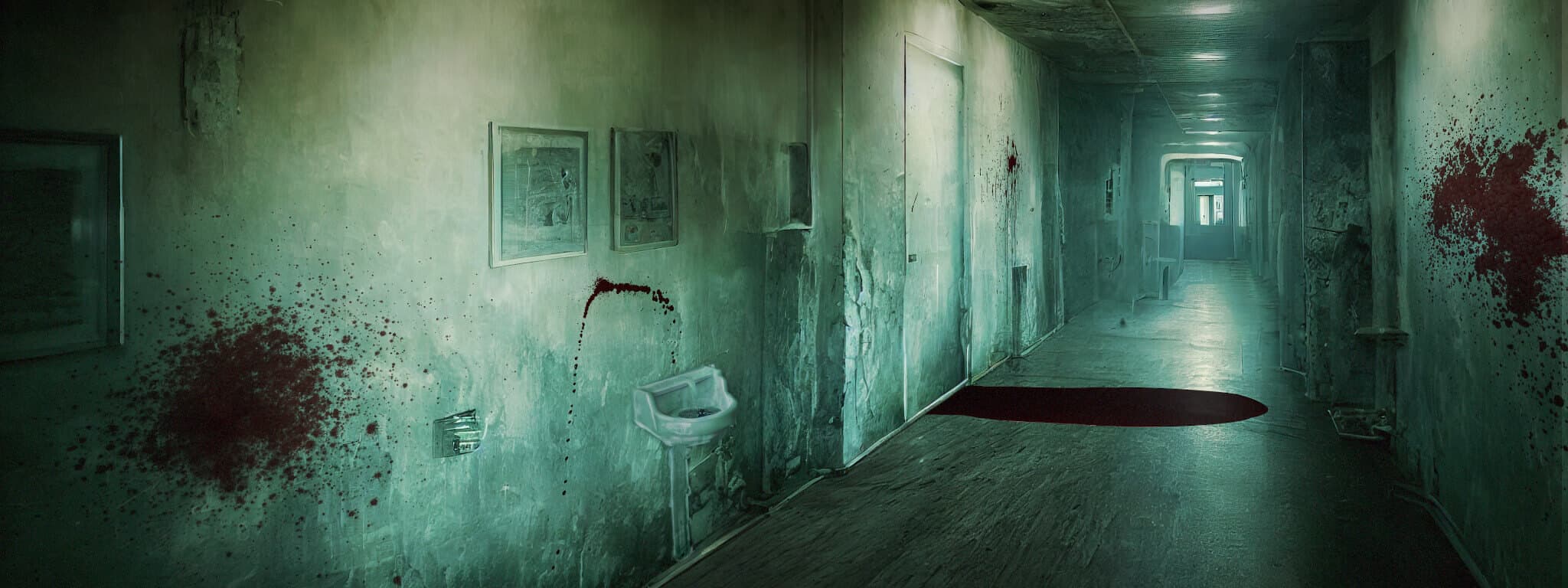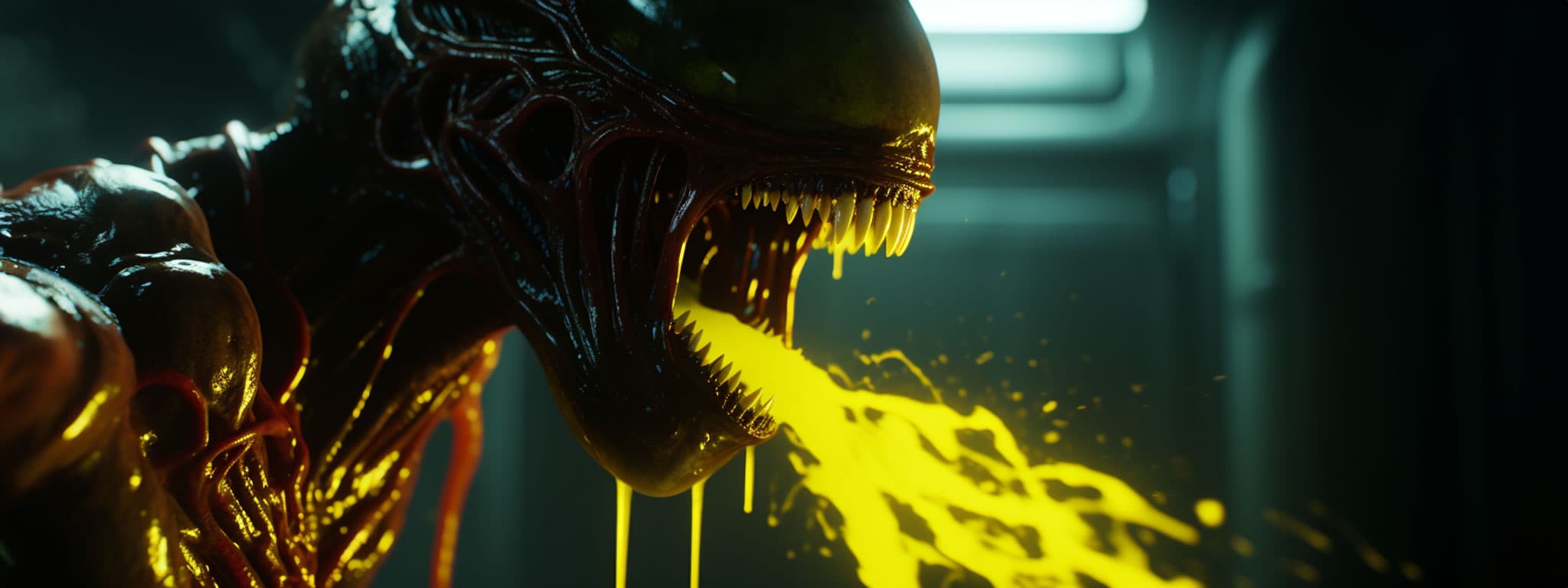
How to Make Alien Blood (and Other Non-Human Liquids)
When making strange creatures seem real on screen, movie makers often use non-red blood colors to indicate a different biology.
To recreate non-human blood effects, horror makeup designers use vibrant liquid dyes, textures, and mixtures that glow under backlights and bubble when in contact with other objects.
By trying new things with household items and chemicals, alien blood can be produced without relying completely on CGI.
Alien Blood Colors and Textures
When concocting alien blood recipes for film effects, choosing visually striking colors that deviate from the familiar red of human blood is a must. Vibrant shades like neon green, orange, purple, or even dark colors such as black and metallic tones can suggest exotic extraterrestrial biology.
Food Coloring Blood Recipes
Liquid food colorings provide an accessible way to tint clear bases like corn syrup or silicone into vivid alien blood colors.
- Gel coloring is intensely pigmented for opaque alien blood
- Food dye liquids create transparent washes of color
For every cup of base mix, start by adding 15 drops of food coloring and adjust in increments of 5 drops until the desired shade is achieved. Adding a drop of soap helps with viscosity and surface tension.
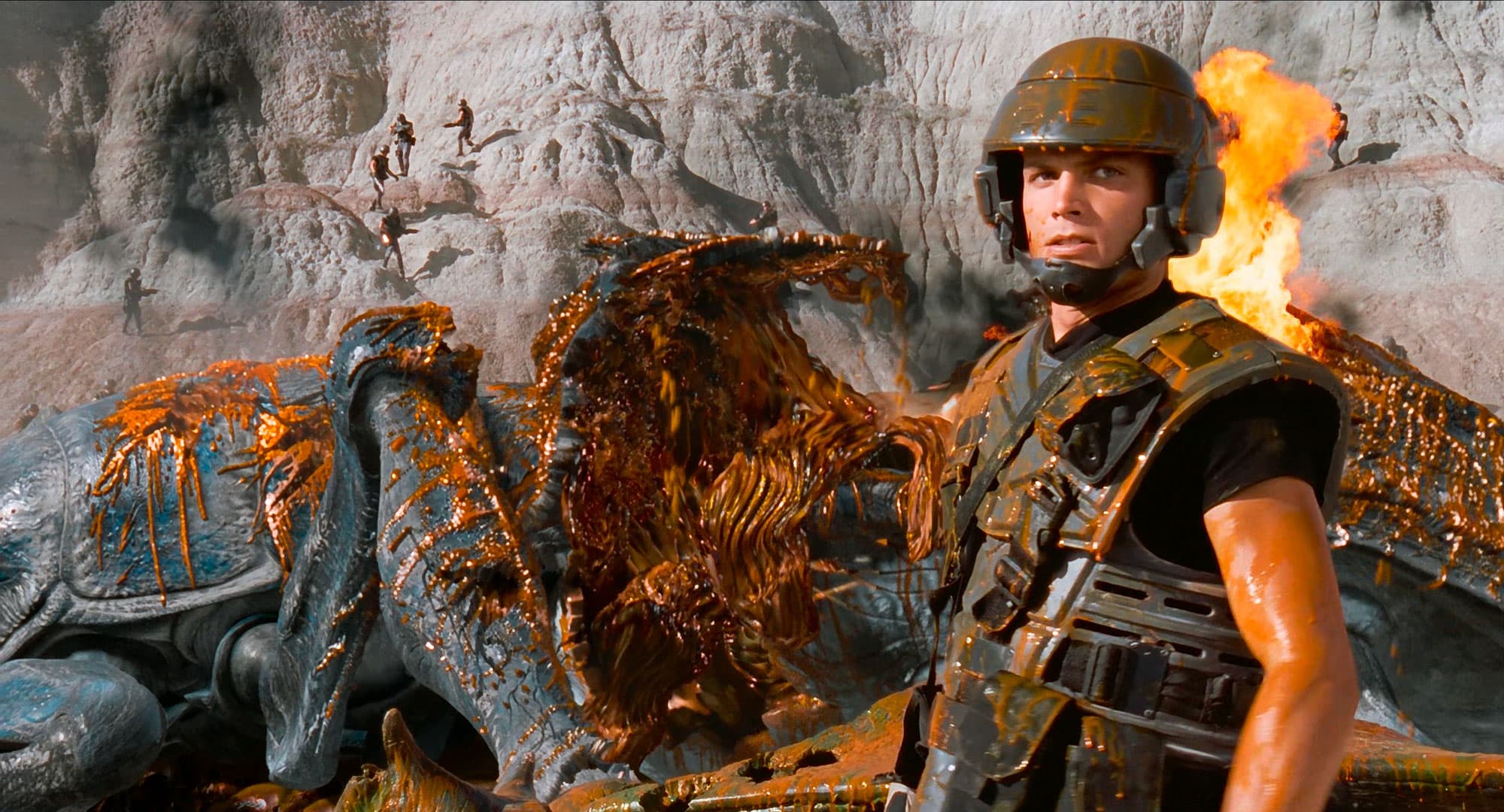
Unconventional Alien Blood Elements
Outside plain food coloring, try mixing in a few unconventional items for unique textures and reactions:
- Fluorescent poster paint – glows under backlights
- Food coloring marker ink – disperses wispy tendrils
- Children’s sidewalk chalk – dusty opacity
The key is experimenting with small test batches to unlock new alien blood surprises that delight audiences.
In the 2nd half of this video, Adam discusses the different blood used in Alien Covenant
Slimy Texture
Oftentimes, alien blood is presented as thicker and more viscous than human blood.
This slimy effect can be achieved by the use of methylcellulose as a thickening agent.
Starting with a standard blood recipe is advised, but substitute another color in place of red. If that solution proves too thin, try adding more corn syrup or glycerin to thicken the mixture.
After testing the limits of those conventional ingredients, give methylcellulose a try if you need even thicker alien blood.
Complementary Color Mixing
Selecting colors that stand out well against the color palette of scenes is crucial for alien blood impact. Complementary colors that contrast strongly should be chosen.
- Blue or green blood pops against desert, spaceship interiors
- Orange blood stands out against a jungle setting
- Violet blood can contrast brightly with pale skin
Additionally, layering translucent blood colors over one another can create new complementary mixtures. Start with a test batch to fine-tune the ratio.
Simulating Corrosive Blood
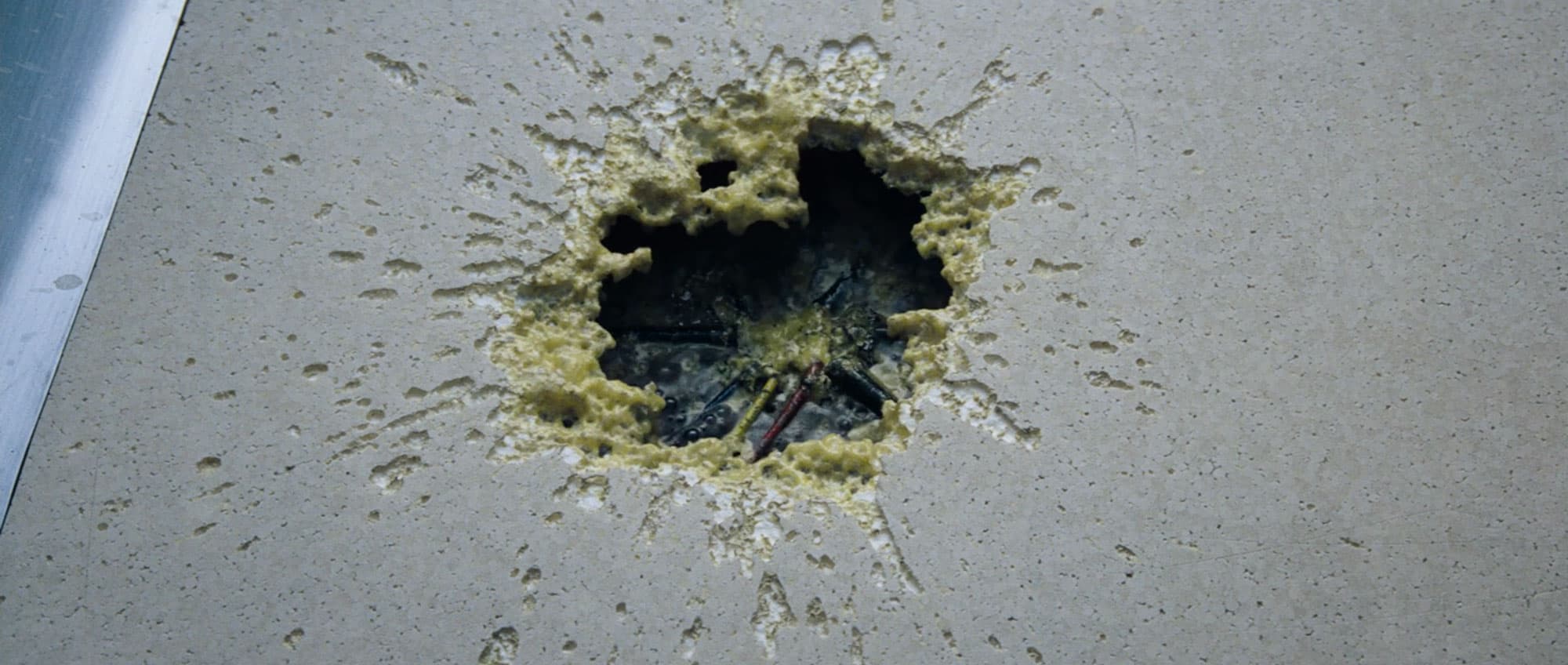
One of the most chilling alien blood effects ever featured on screen occurs in the original Alien film from 1979.
Whenever the xenomorph creature’s exoskeleton was penetrated, extremely corrosive neon green “molecular acid” flowed out, which could rapidly eat through metal deck plates and threaten the hull of ships.
Recreating Acid Blood Burning Through Decks
The iconic scene of the facehugger’s severed digit dripping acid that melts two floors of the Nostromo was achieved using foam floor pieces and a reactive mixture. As described in Cinefex:
“First, we had sections of the deck made out of styrofoam and painted silver. Then we produced a mixture of chemicals that actually was pretty corrosive – you wouldn’t want to get it on your skin…It was mainly chloroform and acetone, with some cyclohexylamine and acetic acid and one or two other things thrown in. And that stuff just ate right through the styrofoam.”
- Brian Johnson – Cinefex No. 1
Items Needed for Corrosive Blood
Here is an equipment and supply checklist when tackling corrosive alien blood SFX:
- Foam pieces painted to resemble metal or other materials
- Acetone is used as a corrosive base chemical
- Food coloring or pigment to achieve colored alien blood
- (optional) Cyclohexylamine and acetic acid can increase the bubbling reaction
- Small pumps and tubing to control application directionality
- Personal protective equipment, including goggles, gloves, and aprons
As always, safety is paramount when creating this corrosive effect. Needless to say, these chemicals should be handled with care and should not be projected or splattered on or near the cast and crew.
Additional Execution Tips
Adding a dispersant like soap to corrosive mixes can encourage viscous bubbling and foaming as it reacts. Strategic lighting angles can make reactions more visually prominent.
Clean-up is critical when handling corrosives on set pieces, so flush reactions promptly before they damage actual facility materials underneath styrofoam layers. Always wear proper PPE as well.
Illuminated Alien Blood Recipe
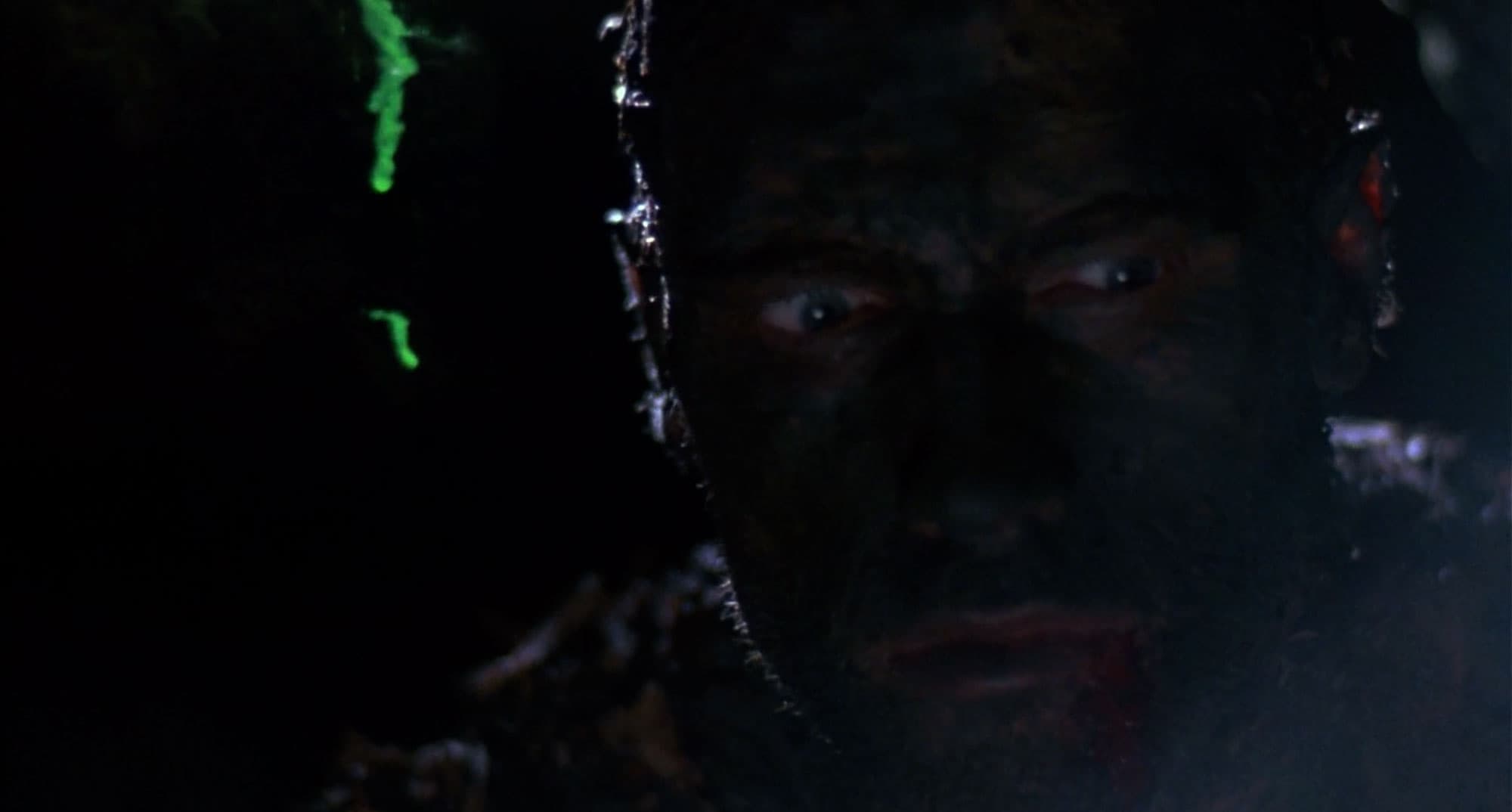
Creating alien blood with an otherworldly glow or illumination effect is another way to suggest extraterrestrial biology on screen. The Predator franchise features famously glowing alien Hunter blood in bright green.
Executing Glowing Blood On Set
The special effects team of Predator described how they accomplished glowing green alien blood in Cinefex:
“Cyalume sticks – an amusement park standard – provided the answer. Mynek discovered that by heating the glowing cyalume fluid, its brightness could be increased two or three stops on a light meter. And the thicker it was, the better…If you shook the mixture up, heated it and poured it out on a rock, it would remain bright for quite a while.”
- Cinefex No. 33
The fluid from Cyalume sticks (aka glow sticks) can be used straight or mixed with gels and glycerin to create glowing alien blood. Strategic heating and blacklights can also exaggerate the fluorescence. Containing spills and drips during production helps sell the effect on camera with proper lighting.
Items Needed for Glowing Blood
Here is a checklist for making illuminated alien blood SFX:
- Glow sticks
- Portable/camping burner
- Small pot
- (optional) Modeling clay
- Personal protective equipment, including goggles, gloves, and aprons
🔥 Heating the Fluid
To mimic the effect performed by the Predator SFX team, you’ll want to carefully open and empty the contents of several glow sticks into a cooking pot or pan.
Place the pot over a burner and heat the fluid (the exact temperature is not stated). As the fluid heats, you should notice that the glowing intensifies. As always, be careful about breathing chemical fumes, and use the portable burner to heat the fluid in an open-air location.
Why Modeling Clay?
In Predator, the special effects team used modeling clay to create small naturalistic containers (like small saucers) that allowed for small puddles of fluid to rest on top of the rocks and other natural terrain. They shaped and painted the clay to be invisible to the camera/eye, but it served its purpose of holding the fluid so that it pooled in a place visible on camera and was not immediately absorbed into the earth.
Post-Production Enhancements
If glowing substances prove impractical on live sets, shooting static chemical elements for composting is an option. Luminous paints not requiring activation can be added as matte layers via visual effects or even directly in editing. This grants more control than relying solely on practical illumination that may degrade too quickly across multiple takes.
With smart blending of practical glow effects and post-production enhancements, vibrant alien blood that radiates otherworldly energy can come alive on screen.
Cyborg Blood
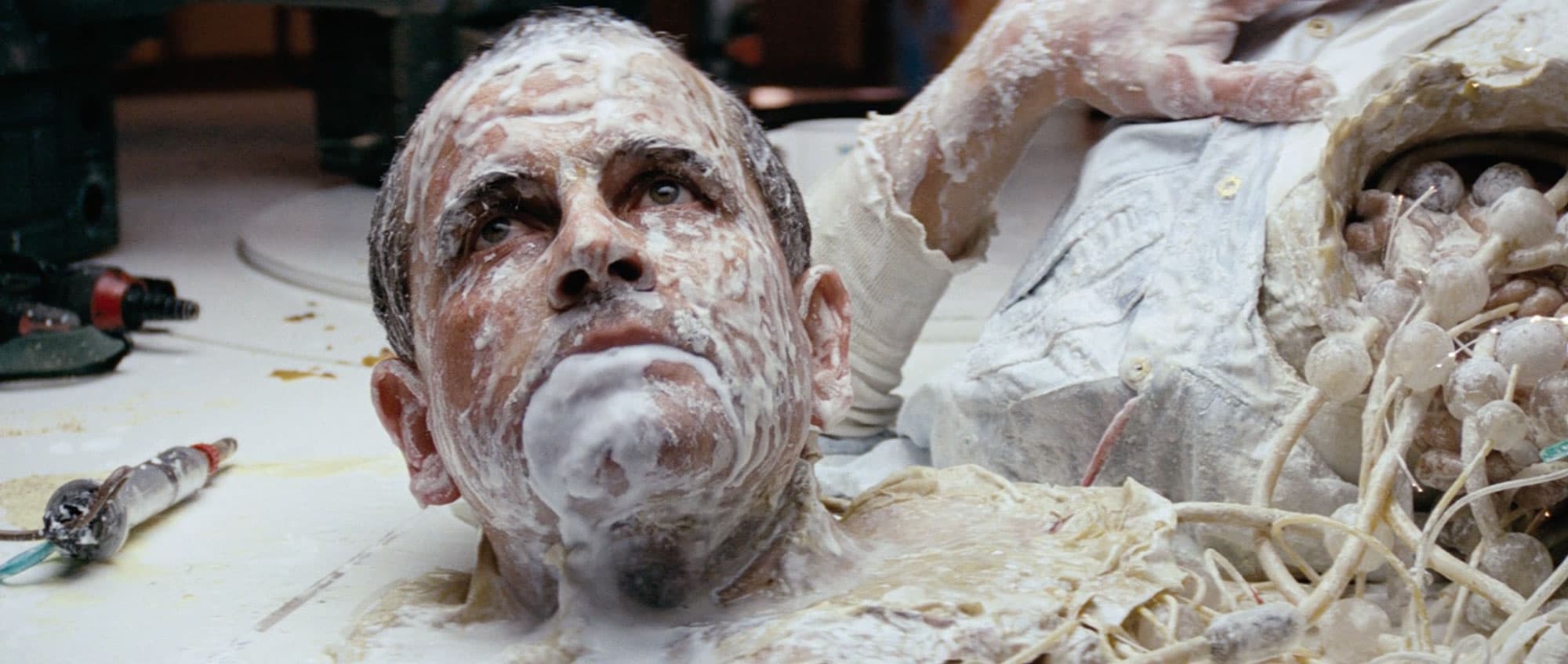
Cyborg blood often appears as a white, milk-like liquid in science fiction. Yet again, the Alien film franchise provides us with one of the most iconic uses, where android “synthetics” like Ash, Bishop, and David bleed white fluid when damaged.
White Robot Blood Recipe
To make the milky white robot blood you’ll need the following:
- Glycerin
- Water
- White and silver paint
In the original Alien film, they used milk as the robotic blood fluid for Ash. However, this has obvious issues as milk sours quickly and can be difficult to clean and remove afterward.
For Alien: Covenant, the special effects team opted for a shelf-stable mixture of glycerin, water, and paint.
The amounts of each ingredient are up for debate. Adding more glycerin will produce a thicker mixture, and silver can be used to create a white metallic tint.
Other Notable Examples
Androids in the television adaptation of Westworld are constructed from a bath of white liquid.
In the episode “Beyond the Sea” of the Black Mirror television series, android blood is presented as a clear solution mixed with metallic gold particles.
Digital Blood Effects
Taking advantage of blood overlays and VFX stock footage gives filmmakers the ability to augment and add blood in post-production. Because our blood footage is isolated and captured in a professional manner, it can be easily adjusted to match nearly any practical blood effects used on set.
We have a wide variety of blood footage that is available to download for free. You can use these free clips to get started and to test out the quality of our footage before committing to a purchase.
Wrapping Up
Creating visually impactful alien blood effects has been a staple in science fiction and horror films for decades. Utilizing colors that stray from familiar red human blood is essential for selling the premise of exotic extraterrestrial creatures and dangers encountered in these genre movies.
Blending tactile, practical blood effects live on set with digital post-production embellishment grants filmmakers maximum flexibility today. In camera, practical alien blood quickly impresses audiences, while digital enhancement in post-production fines tunes and accentuates the effect. The hybrid approach combines the best of both worlds when bringing alien environments alive on screen.
Ultimately, gruesome, toxic alien blood taps into visceral fears of bodily penetration and contamination that are timeless. Pushing creativity with homemade alien blood recipes pays tribute to the practical effects pioneers who originally engineered these visions without today’s CGI assistance. The fundamental urge to manifest our nightmares physically endures.

